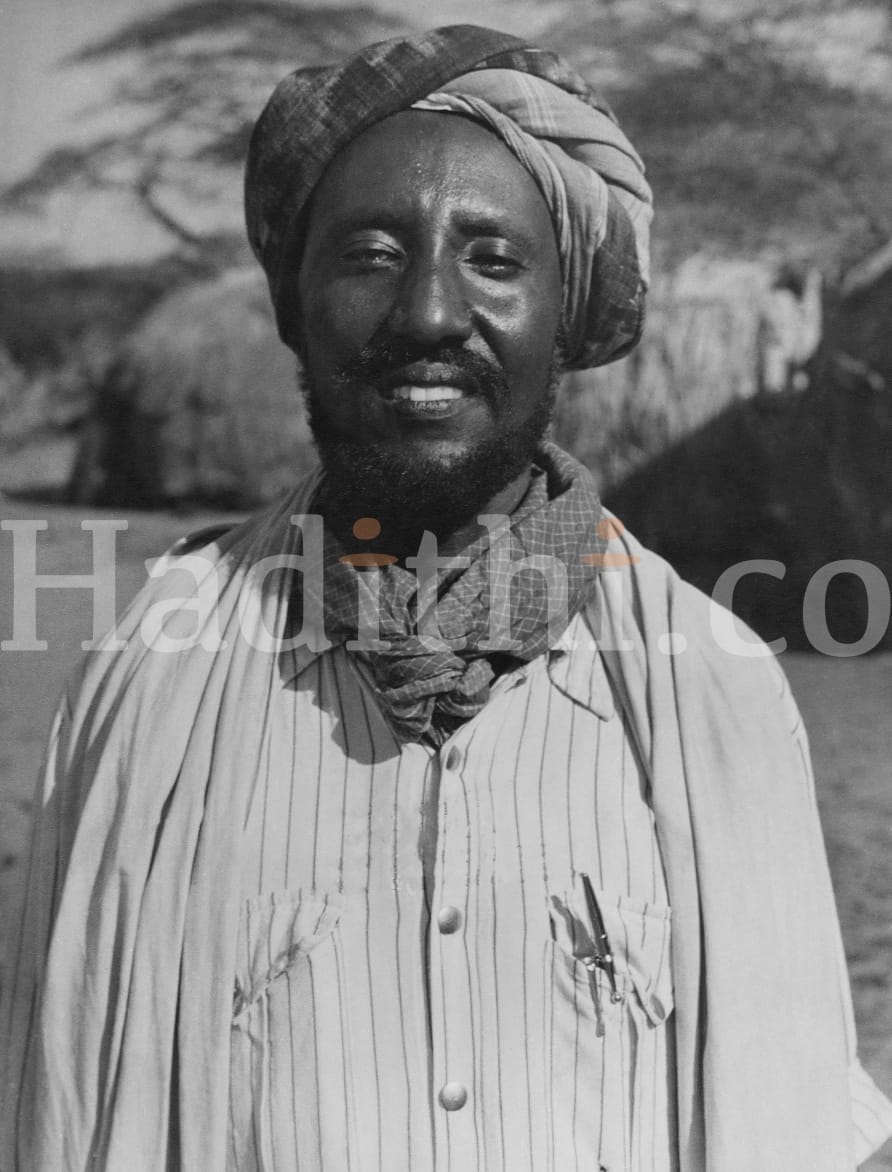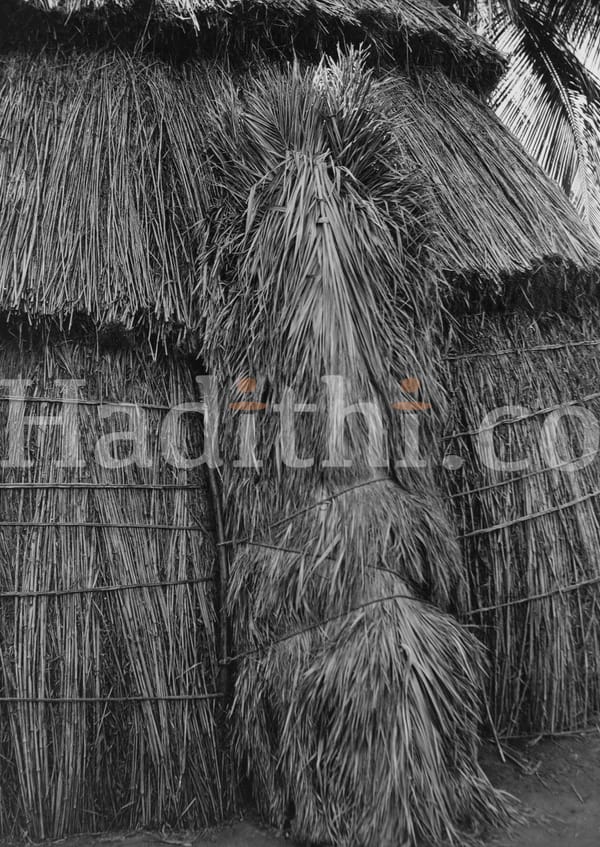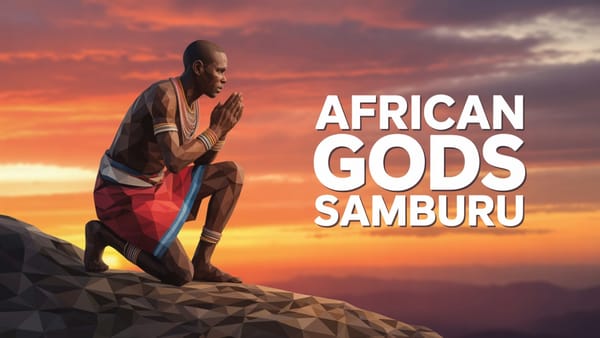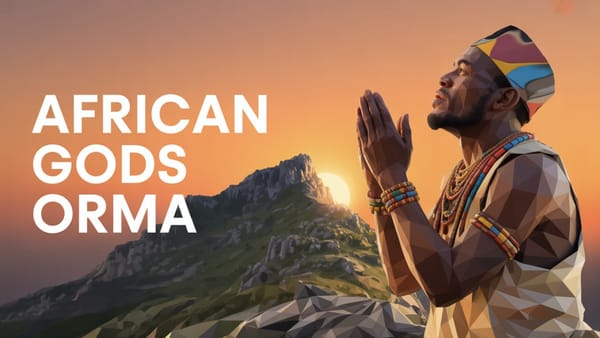The Cultural Significance of Headwear Among the Borana People

The Borana people, a group within the larger Oromo ethnic community, reside in northern Kenya and southern Ethiopia. Known for their rich pastoral traditions and the Gadaa system, which organizes their social and political life, the Borana have a strong cultural identity. This identity is vividly expressed through their clothing, especially their headwear. Both men and women wear head coverings, but the styles and meanings differ based on gender, age, and social roles. This article explores the significance, symbolism, and evolution of headwear among the Borana people.
Headwear for Borana Women: The Hagobo
The Hagobo: Symbol of Womanhood
For Borana women, the most recognizable head covering is the Hagobo, a wrap-style headscarf worn by married women. The Hagobo is not just a piece of clothing; it signifies marital status, modesty, and religious beliefs, especially for those practicing Islam alongside traditional spiritual practices.
The Hagobo is part of a three-piece outfit that includes:
- Garbisa: A shawl-like upper garment
- Guntina: A wraparound lower garment
Together, these clothing pieces provide practical coverage and elegant style. They allow freedom of movement while adhering to cultural and religious standards of modesty.
Materials and Styles
Hagobos are usually made from cotton or lightweight woven fabrics, often in neutral or dark colors like black, brown, or navy. Some may feature subtle patterns or embroidery influenced by broader East African styles. The design is both functional and stylish, protecting women from the sun and dust while remaining secure during daily activities like fetching water or herding livestock.
Ceremonial Headwear: Shabat
During special events such as weddings or festivals, women may decorate their headscarves with Shabat, intricate bead ornaments worn around the forehead. These embellishments symbolize beauty, celebration, and pride in family heritage.
Cultural Preservation by Women
Borana women are not just wearers of traditional attire; they are also its guardians. In places like Isiolo County, women’s groups such as Gadhis Adha work tirelessly to document and promote traditional clothing and practices. This reflects a broader effort among pastoralist communities to maintain their cultural identity amidst modernization and changing lifestyles.
Headwear for Borana Men: Turbans and Prayer Caps
Daily Headwear: Prayer Beanies and Turbans
Borana men often wear small, brimless caps, similar to the East African kofia, especially for prayer or daily activities. These caps, typically in white, cream, or brown, are often embroidered with geometric patterns and symbolize modesty, piety, and cultural pride.
Elderly men and religious leaders may wear a turban-style wrap over their caps. This not only adds a sense of dignity but also protects them from the harsh weather. The turbans, usually in muted colors, signify spiritual authority and seniority within the Gadaa age-grade system.
Ceremonial Headwear: The Kalacha
One of the most distinctive pieces of male headwear is the Kalacha (or Kallaacha). This forehead ornament, crafted from materials like aluminum, wood, or animal bone, is worn during Gadaa ceremonies and rites of passage. The Kalacha symbolizes power, maturity, and a connection to ancestors, reflecting the importance of the head in Oromo spirituality. Its design may be totemic, emphasizing themes of fertility and authority.
Cultural Blend: Islam and Indigenous Traditions
The headwear traditions of the Borana illustrate a blend of Islamic and indigenous Oromo values. While prayer caps and modest scarves express Islamic devotion, turbans and ceremonial items like the Kalacha connect individuals to their Borana heritage. This blend aligns with the Gadaa system, where men progress through defined life stages, each associated with specific clothing and headgear.
Preservation in the Modern Era
As the Borana face urbanization and cultural globalization, the continued use of traditional headwear showcases their cultural resilience. Community elders, religious leaders, and women’s groups play vital roles in passing down these traditions. Initiatives to archive, teach, and showcase these dress forms—such as cultural festivals and centers—are critical for sustaining Borana's identity for future generations.
Conclusion
For the Borana, headwear is much more than a fashion choice; it is a living testament to their beliefs, identity, and social structure. From the modest Hagobo of married women to the revered Kalacha of initiated men, these garments weave together faith and culture. As the Borana communities adapt and grow, their head coverings remain powerful symbols of continuity, dignity, and belonging.




